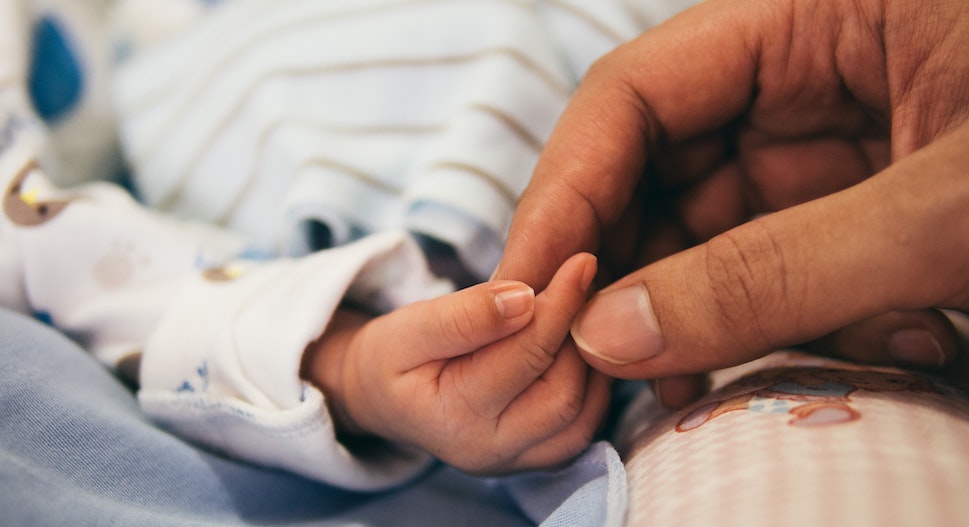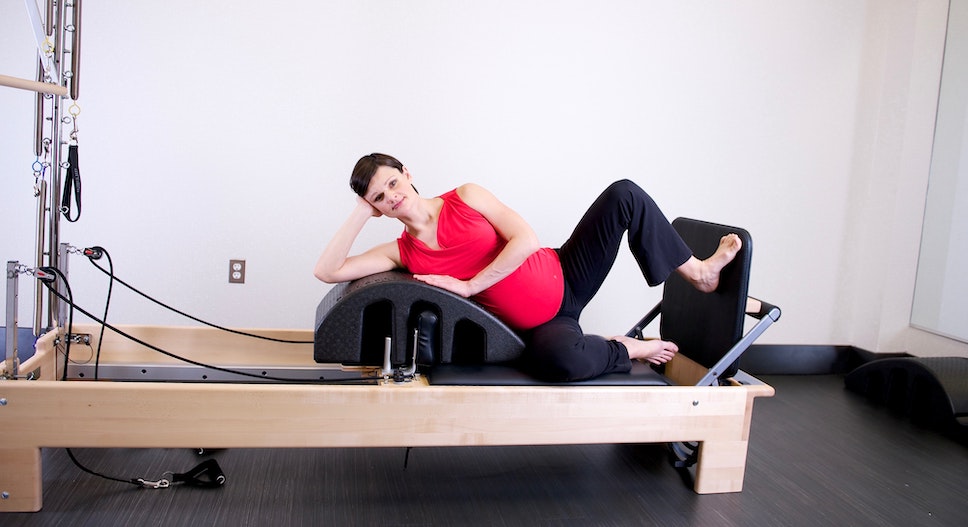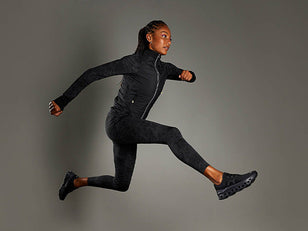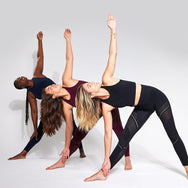
Our bodies are truly amazing – adapting and growing small humans as we go about our lives.
It’s no wonder we don’t go through pregnancy unscathed. Changes to our bodies during pregnancy stem from the growth of the uterus along with physical and hormonal changes that directly affect posture, ligaments & joints.
As the bump size increases, the position of the pelvis alters and tilts to allow baby space, putting more pressure through the low back. General core strength is compromised as the muscles stretch to allow space for the baby, and this continued laxity means pelvic stability is challenged. Glutes tend to weaken, hip flexors tighten, pelvic floor strength is tested, leading to bad posture and misalignment. All of which means safe exercise during and after pregnancy is so important.
It’s not surprising that almost 80% of women suffer with back pain throughout and after pregnancy, with much of that pain coming from postural misalignment.
Common pre & postnatal conditions
SACRO-ILLIAC PAIN
Sacro-iliac (SI) Pain is another pelvic girdle issue which can present during and most certainly after pregnancy. The pelvis is made up of three bones (ischium, illuim and pubis), connected in front at the pubic symphysis and behind, by the sacrum. During pregnancy, the soft tissues between the pelvic bones and sacrum that support the SI joint loosen. Increased movement here puts abnormal stress on the SI joint. This change can cause low back pain, sciatic symptoms and can be felt whilst driving, walking and lifting.
The good news is that it is treatable. Side lying, asymmetrical rotation and exercises that mean parting the legs should all be avoided unless controlled. Instead work the core and pelvic floor to support and stabilise the pelvis.
EXERCISES
-
Table top: Starting in four-point kneeling. Maintain a stable and still spine and pelvis. Exhale as you lengthen a leg along the floor in line with your hip joint. Lift the leg up as high as you can without disturbing neutral pelvis, simultaneously lifting and lengthening the opposite arm. Lower the leg and hand to ground back to the start position.
-
Spine curl pillow pulses: Lay on your back, legs bent at hip width, place a pillow between your knees. Tilt your pelvis as you exhale, rolling your spine off the floor. Rise up so you feel weight at the bottom of the shoulder blades and across the upper back. From here, gently squeeze your legs in and out working from the pelvic floor and inner thighs. Maintain abdominal connection between the ribs and pelvis to avoid extending the lower back. Pulse for 10-15, then roll back down to the start position.
-
Controlled clam: Lie on one side with the lower arm extended in line with the spine, bend the legs so the feet are in line with the pelvis. Lift the underneath waist off the mat to maintain alignment of the spine and pelvis. Lift and lower the top knee, slowly and controlled. Maintain core connection and avoid the pelvis rocking back as the leg moves. Control the leg movement and only lift where it is comfortable.

SYPHYSIS PUBIS DYSFUNCTION
Pelvic girdle pain can often be the result of Symphysis Pubis Dysfunction (SPD). This is where the front of the pelvis can slip or move causing sharp pains in the pubic area or groin. This can create pain in the low back, legs and low abdomen.
EXERCISES
-
Rib Cage Closure: Lie on your back, with your knees bent. Raise both arms above the chest, palms facing each other. On the exhale (connect your core and pelvic floor) lower your arms towards the floor over your head. Engage your core to avoid the ribs flaring and the upper back extending. Movement will come from rotation of the shoulder joint. Inhale and return to the start position.
-
Spine curls: Lie on your back, knees bent. On the exhale (connecting core and pelvic floor as always) tilt your pelvis. Wheel your spine off the floor in a sequential movement until you feel weight at the bottom of the shoulder blades (avoiding the neck). Maintain the position, aiming for neutral pelvis with a slight tuck. Connect the inner thighs to avoid the knees flaring outward. Roll down by softening the breastbone and wheeling the spine one vertebrae down at a time followed by the pelvis.
-
Leg Slides: Lay on your back, knees bent. With a stable pelvis, lift your toes up so the weight of your leg is on the heels. Exhale. Engage the core as you slide both legs along the floor away from the torso. Hold the position, and on the next exhale, draw the heels back to the starting position. Feel the inward movement from the pelvic floor, core and back of the legs.

DIASTASIS RECTI
Diastasis Recti is the separation of the rectus muscles resulting in a gap down the midline of the stomach of 2.5cm or wider.
During pregnancy the uterus naturally stretches causing the rectus abdominis muscles to separate. This horizontal stretching of the abdominals is a natural process which occurs to allow the uterus to grow and house a growing baby.
This separation of the abdominals in addition to the thinning and weakening of the connective tissue (linea alba), can heal itself naturally within about 8-12 weeks of giving birth. But for many new mums, the gap can remain and a delay in the healing process means the area stays vulnerable.
HOW DO I KNOW?
A diastasis can be seen anywhere along the midline of the stomach and often by a bulge, where the intestines can push through the gap. Often the connective tissues no longer provide tension and stability and the stomach muscles can be compromised. Being aware of this from conception through to postpartum will help protect your body and lessen a diastasis.
EXERCISES:
-
Core Breath: As you exhale, connect your pelvic floor from front to back (think about stopping wind then wee… Wind zip!). Feel your abdominal muscles wrapping around you into the centre line, as you lift your belly button up and inwards towards your spine. Your bump/stomach will lift and visually reduce in size as you hold this connection. On the inhale release and allow the tummy to rest.
-
Pelvic tilts: Lie on your back, with your knees bent. On the exhale, connect your pelvic floor (wind zip) followed by your abdominals. Gently tilt your pelvis, drawing your navel to spine and imprint the pelvis & lower back onto the mat. Hold for a breath, on the inhale return to the start position.
-
Knee drops: Lay on your back, with the knees bent and feet hip width apart. Find your neutral spine and pelvis. Maintaining a still and stable pelvis, open one leg releasing the knee to the floor. Allow the foot to roll onto its outer side. Avoid rocking in the pelvis and keep the other leg still by sending your weight into the opposite hip as you release the knee down. On the inhale, draw the leg back up to the start position using your pelvic floor and core.

GETTING BACK INTO SHAPE
While we’re all understandably keen to get our ‘pre-baby’ body back, it is important to take it steady. Jumping back into old workouts can actually make postnatal problems worse and more serious. Instead, workouts should focus on ‘knitting’ tummy muscles back together, re-educating the pelvic floor connection, strengthening glutes & deep abdominal connection with a view to stabilising the pelvis and strengthening the whole body.
Remember to be kind to your body, it’s grown a small human after all.





























































